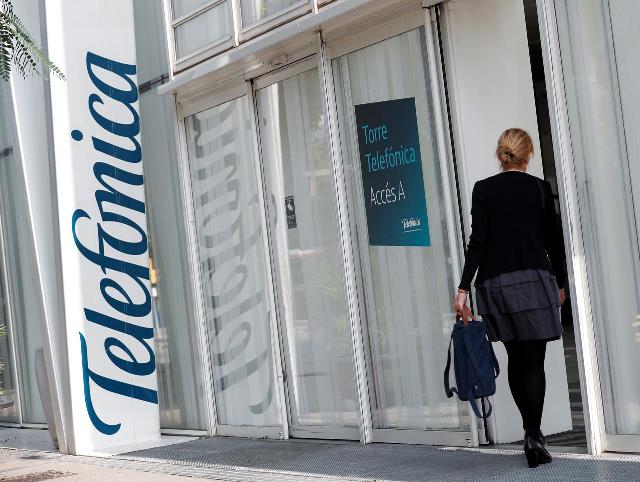Telefonica revealed that its Capex increased 12.8 percent in Q2 2021 and 25 percent in the first half of 2021. Capex / Revenues ratio stood at 13.9 percent in Q2 and 13.4 percent in H1.
 Telefonica made growth focused investments: 50 percent of total allocated to growth Capex, including NGN rollout and deployment of sustainable green networks. Telefonica said UBB network reached 154.7 million premises passed; +6 percent y-o-y.
Telefonica made growth focused investments: 50 percent of total allocated to growth Capex, including NGN rollout and deployment of sustainable green networks. Telefonica said UBB network reached 154.7 million premises passed; +6 percent y-o-y.
The FTTH network reached 51 million of premises passed, up 20 percent. Fibre deployment agreements, with infrastructure vehicles or FibreCos, in Germany, Brazil, Chile and Colombia, will allow Telefonica to further increase footprint while optimizing Capex and returns.
Telefonica Spain has maintained its European leadership in fibre rollout, with more than 26 million premises passed. Telefonica Spain’s 5G coverage reached more than 80 percent of the population. Telefonica has purchased 20 MHz of spectrum in the 700 MHz frequency band for €310 million to consolidate its leadership in 5G business.
Telefonica, at the end of June, had 367.2 million accesses, including 100 percent of VMED O2 accesses, 3.7 percent more than a year earlier. The company’s high-speed network (fibre and cable) reached 154.7 million premises passed, up 6 percent, of which 80 million premises are on the Group’s own network, 10 percent more than a year earlier.
Telefonica said its digitized business processes accounted for 79 percent of total processes, an increase of 2 percentage points year-on-year, and are managed in real time, enabling a more agile service to customers.
Telefonica Spain’s Capex at 386 million euros (+26.7 percent) reflected the development of NGN networks (FTTH and 5G) and the sharp reduction in Q2 20 due to COVID-19.
In Spain, Telefónica reached 26.1m premises passed with fibre by June 21, sustaining its leadership as one of the most efficient networks worldwide (FTTH is 85 percent more efficient in energy use than copper networks), while 5G coverage reaches more than 80 percent of population.
Telefonica Germany’s Capex was 280 million euros (+11.5 percent) with a CapEx/Sales ratio of 13.6 percent.
In Germany, Telefonica has nearly 2,000 5G antennas across 80 cities transmitting on 3.6 GHz frequency.
Telefonica UK’s Capex touched 166 million euros (–10.4 percent) due to investment in mobile capacity and 5G as well as improved efficiency in extending and upgrading the fixed network.
Telefonica Brasil’s Capex reached 353 million euros (+7.5 percent) due to investments focused on improving coverage in both mobile (4G population coverage reached 92 percent) and FTTH networks (17.3 million already passed and 17 new cities covered in Q2 21).
In Brazil, FTTH footprint grew to 1 million premises passed in Q2 21 to 17.3 million. This will be further boosted by the launch of FiBrasil operations in July, which starts with 1.6 million premises passed from T. Brasil in 34 cities and expects to cover 500k additional premises by the end of 2021.
Following the 5G mobile network switch-on in the core markets in 2020, the rollout progressed with the supplier roadmap confirmed and the adaptation of the multi-vendor core to 5G Stand Alone.
In 2021, 5G spectrum was acquired in the 3.6GHz and 700 MHz bands in the UK and 3.5 GHz in Spain in Q1 21 (£448 million and €21 million paid, respectively); and in July, in Spain, Telefonica secured 20 MHz in the 700 MHz spectrum auction at favorable terms for an amount of €310 million.
5G service is already active in about 190 cities in the UK, in 80 cities in Germany and in 8 cities in Brazil, whilst having reached more than 80 percent population coverage in Spain. In Germany the rollout also progressed with the active network sharing for “grey spots” with Deutsche Telekom and Vodafone.
In the UK, 5G business progressed with the Shared Rural Network project and the network sharing agreement with Vodafone.





